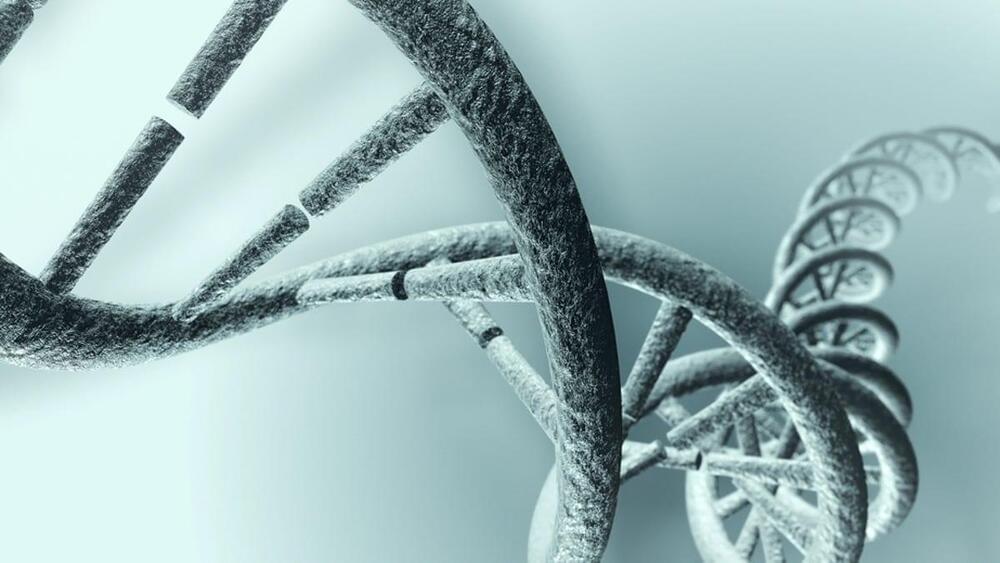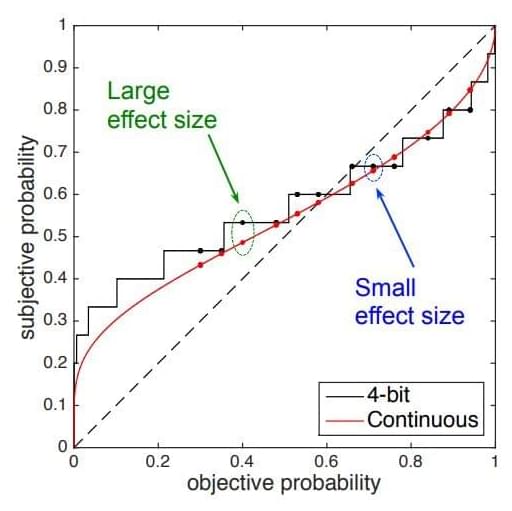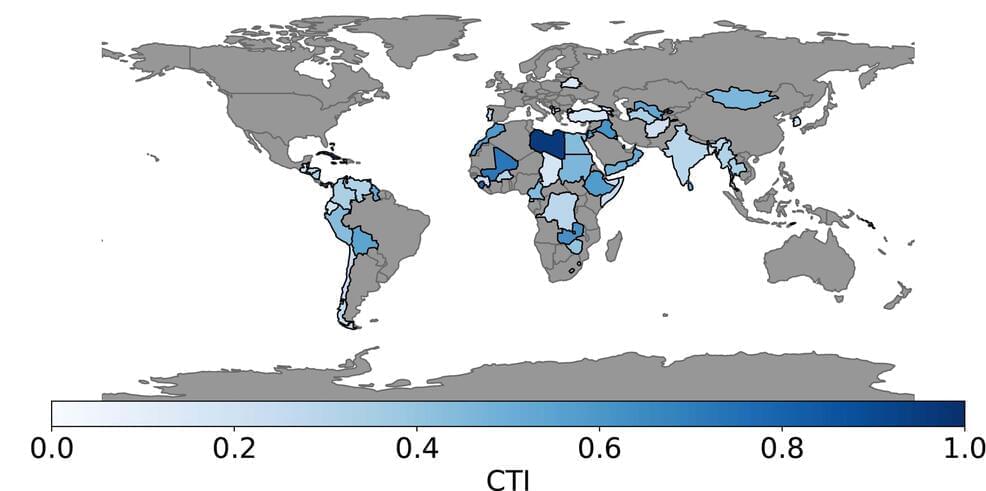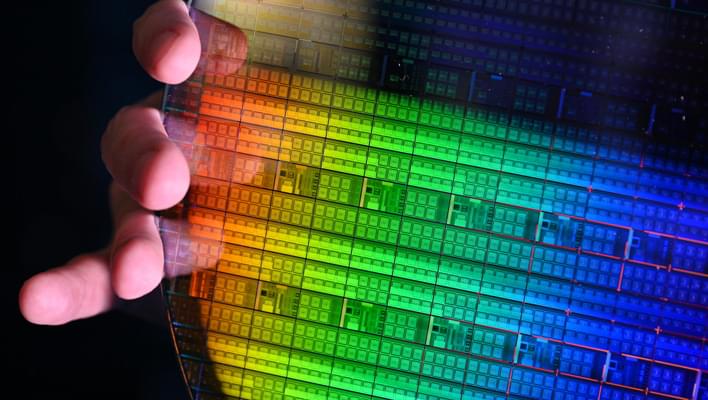Circa 2014 face_with_colon_three
A liquid hard drive containing a suspension of nanoparticles could be used to store impressive amounts of data: 1 terabyte per tablespoon.
Researchers from the University of Michigan and New York University have been simulating wet information storage techniques which uses clusters of nanoparticles suspended in liquid. These clusters of particles can store more data than conventional computer bits which have just two storage states: 0 and 1. The clusters of particles work a bit like Rubik’s Cubes to reconfigure in different ways to represent different storage states. A 12-particle memory cluster connected to a central sphere can have almost eight million unique states, which is equivalent to 2.86 bytes of data.
The system works by having nanoparticles attached to a central sphere. When the sphere is small, the outer particles trap each other into place, storing data. If the sphere is a bit larger, the particles can be reconfigured to store different information. The team created a cluster involving four particles on a central sphere — all made of polymers. By heating the liquid up, the spheres expand and the particles can rearrange themselves in predictable ways. Although the four-particle clusters have only two distinguishable configurations (i.e. like a regular bit), the plan is create clusters with many more particles.








